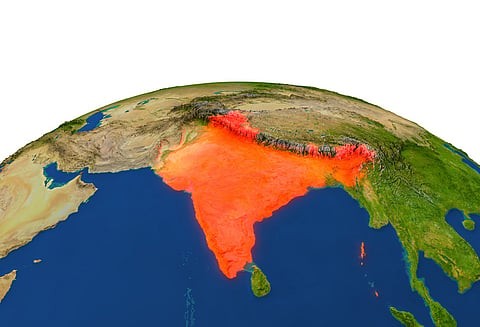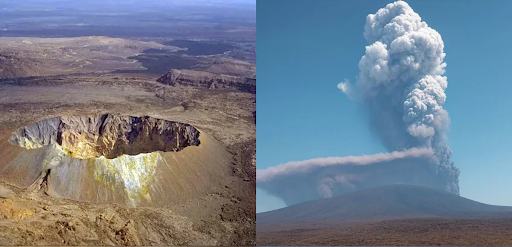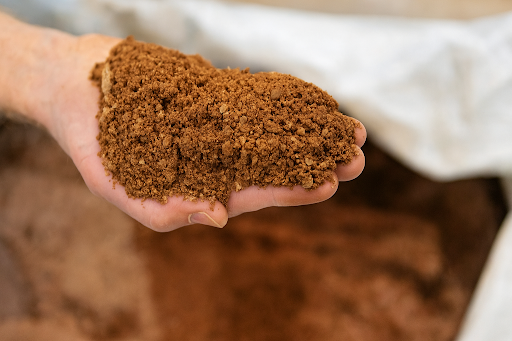




Disclaimer: Copyright infringement not intended.
Context: Forty years after the Bhopal disaster several hundred tonnes of toxic waste remain around the ill-fated Union Carbide plant.
About Toxins of Bhopal disaster
On 3rd December 1984, highly toxic Methyl Isocyanate (MIC) gas leaked from a pesticide plant owned by Union Carbide India Limited (UCIL). Even after four decades of tragedy, hundreds of tonnes of toxic waste remain on the premises of UCIL. It was India's first major Chemical (industrial) disaster.
Toxins included: Hexachlorobutadiene, Chloroform, Carbon tetrachloride, Trichlorobenzene
Heavy metals: Mercury, chromium, copper, nickel, and lead.

What is Methyl Isocyanate?
Methyl isocyanate is a highly volatile and toxic organic compound primarily used in pesticide production. Its extreme volatility and toxicity make it one of the most dangerous industrial chemicals known to science. In the Bhopal disaster, MIC's lethal properties were brutally demonstrated, causing immediate and long-term health devastation that continues to reverberate through generations.
The Current Toxic Landscape
337 metric tonnes of pure MIC waste remain at the abandoned Union Carbide factory.
1.1 million tonnes of contaminated soil surrounding the plant.
Potential contamination of local water sources.
Ongoing risk of chemical leaching and environmental degradation.

Scientific and Environmental Implications
For human health, such exposure can severely impact women's reproductive health, cause respiratory issues, and increase the risk of cancer and genetic mutations.
Environmentally, these chemicals contaminate soil, water, and air, disrupting ecosystems and threatening biodiversity.
In agriculture, hazardous chemicals damage plant cells, inhibit photosynthesis, stunt growth, and reduce crop productivity.
Additionally, the release of toxins into the environment leads to bioaccumulation, where harmful substances enter the food chain and concentrate as they move up trophic levels, posing long-term risks to both humans and wildlife.
Governmental Response and Challenges
Despite allocating Rs. 126 crores for waste disposal, progress remains painfully slow:
Only 10 tonnes of waste were incinerated in a 2015 trial.
The Madhya Pradesh High Court has expressed serious concerns.
Proposed incineration costs have raised suspicions of potential financial mismanagement.
Chemical Disasters in India
Tughlakabad Gas Leak (2017): Chemical Chloro methylpyridine (used in pesticide manufacturing) leaked from the container.
Vizag Gas Leak (2020): Styrene gas leak at LG Polymers in Visakhapatnam.
Ammonia Gas Leak at Chennai (2024): Due to a damaged gas pipeline caused by cyclone Michaung.
The Road Ahead
As the 40th anniversary of the tragedy approaches, the methyl isocyanate waste remains a stark reminder of industrial negligence. The scientific and activist communities continue to demand comprehensive action, transparent investigation, and ultimate resolution.
The MIC waste is more than a chemical problem—it's a testament to the long-lasting consequences of industrial accidents and the critical need for stringent environmental and safety protocols. The story of methyl isocyanate in Bhopal is far from over. It continues to be a complex narrative of environmental justice, scientific challenge, and human resilience.
READ IN DETAIL HERE
Global Chemicals Framework: New Regulations
https://www.iasgyan.in/daily-current-affairs/disaster-management
Source:
|
PRACTICE QUESTION
|







© 2025 iasgyan. All right reserved